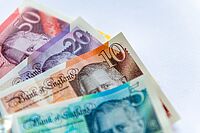Think you're ready to go on your trip to Europe? Look at these tips before you leave, you may learn something.
1. ATMs offer different notes
Unlike Canadian ATMs, which offer only $20 bills, European ATMs offer you almost the full range of denominations. When you make a withdrawal at an ATM, you can receive bills of 5, 10, 20, 50 or 100 Euros. A withdrawal for a lower amount will give you lower denominations. Even if we advise you to have budgeted and withdrawn all your money in a foreign exchange office before your departure, a withdrawal from an ATM can sometimes be convenient and this information is always good to know.
2. Europe does not necessarily equal Euro
Although widespread, the Euro is not the only currency used throughout the European Union. Indeed, nine countries that are part of the EU do not use the Euro as their national currency. This is the case of Bulgaria, Croatia, Czech Republic, Denmark, Hungary, Poland, Romania, Sweden, and United Kingdom. Be well informed about the local currency before you leave for Europe, in order to avoid unpleasant surprises and exchange the wrong currency.
3. Bigger isn't always better
Generally speaking, merchants will rarely refuse large denominations (€50 or €100) if the bill is high (and not a cappuccino at €3.50). It's a different story for the €200 and €500 euro bills. These denominations, often associated with crime and fraud, are not well seen. Avoid making your everyday purchases with these denominations and, if you can, try not to have them on hand at all.
4. 50 is the new 20
The $50 Canadian bill isn't as common as the $50, so you'll probably be surprised to have it in your pocket that often. Don't worry, it is very common to do business with this note in Europe. As mentioned earlier, you will even receive them at ATMs!
5. Money is not dead
It seems that we are walking with less and less cash in our pockets and that plastic takes over the paper these days. However, this is not the case for the whole of Europe. It is estimated that 80-85% of transactions in Germany are still done in cash. Many merchants will not always accept other types of payments than cash. We, therefore, advise you to always have cash in your wallet, in order to avoid unpleasant surprises.
6. Don't fill your pockets with change
Exchange offices and banks outside of Europe will not necessarily accept change when you want to exchange your leftover travel money when your return. It is therefore advisable to spend all the remaining change that may remain before you return home.
I hope these tips will be useful for your next trip to Europe. To be ready to go, order your euros on the Click and Collect platform, in order to get the best exchange rate with no additional fee!






 Myriam Breton
Myriam Breton


